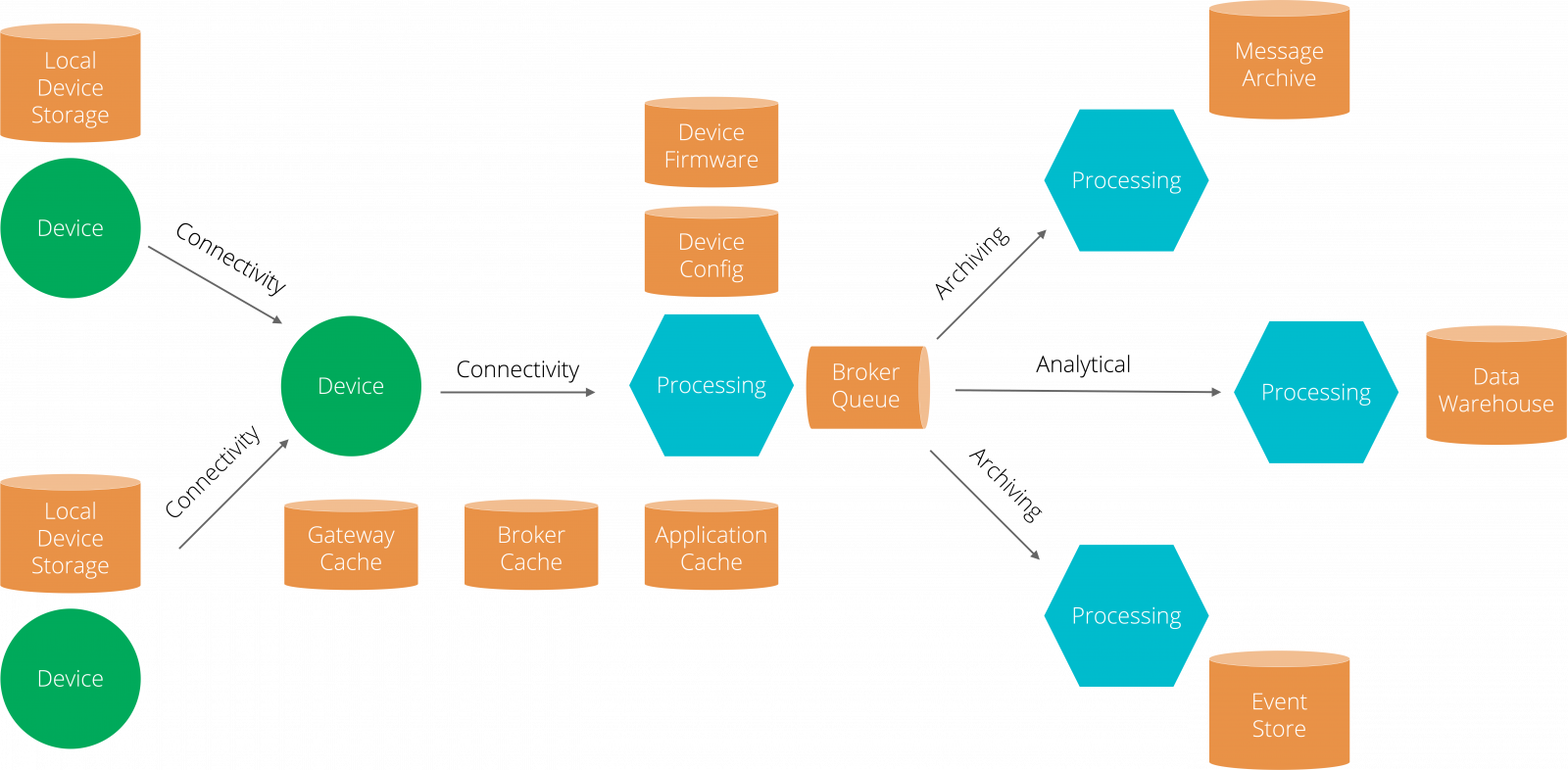IoT
BIG Data, Fast Data - Part I

 Figure 1: IoT includes many hidden storage requirements
Figure 1: IoT includes many hidden storage requirements Disclaimer: The statements and opinions expressed in this article are those of the author(s) and do not necessarily reflect the positions of Thoughtworks.
